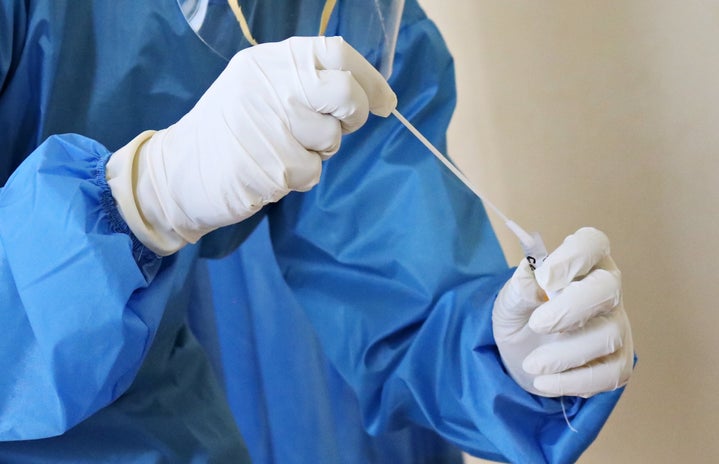In 1970, women made up only 8% of all STEM workers; even in 2019, the percentage of women in STEM had increased to 27%. As a woman and a medical student, this has been something that has been discouraging to me through the years. People would always ask me why I wanted to go into such a male-dominated field, but why not? Why should I change my career goals based on the predominant gender in my field?
One of my inspirations growing up was Marie Curie. Marie Curie has always been my role model and a symbol for all women in the STEM field. I’ve always felt a close bond with her as she is a reminder of my own Polish family and roots. Her determination and resilience against patriarchal standards inspired me as a little girl, and even more now. She’s an inspiration to many, including myself, and I couldn’t miss an opportunity to share her work with others.
Marie and her husband, Pierre, were both scientists and performed their own research; however, due to the fact that Marie was a woman, others were reluctant to give her credit or awards for the discoveries that she made. It was not an issue of people doubting the validity of the research or discoveries, but rather an issue of gender that caused Marie to be disregarded. For instance, in 1903, the Curies were invited to London by the Prestigious Royal Institution. According to custom, women were not allowed to be lecturers, so Pierre presented the research by himself; although, he did describe Marie’s vital role in the work. Furthermore, Marie was not even nominated for her first Nobel Peace Prize, but her husband was nominated for the research and discoveries. Pierre stepped in and wrote to the nominating committee to once again discuss Marie’s work in the project. Pierre’s pleas succeeded and the pair were awarded the Nobel Prize in 1903.
Once World War I broke out, Marie changed the course of her research. Using what she knew regarding her work in radiation, she was able to improve the x-ray machine enough for it to be capable of operating on battlefields. Marie developed such radiology cars that allowed battlefield surgeons to x-ray wounded soldiers and make their operations more accurate. This work had saved countless lives and helped many more.
Marie Curie’s work has opened the door for women in STEM. She was a pioneer for women to receive recognition for their discoveries and for those discoveries to be taken seriously. She was the first woman to be awarded a Nobel Prize and is the only woman to have two Nobel Prizes. Even more impressive, she was the first person to ever win two Nobel Prizes in different subject areas: physics and chemistry. Marie Curie is an inspiration to women everywhere, so I’ll leave you with one of my favorite quotes by her: “I was taught that the way of progress was neither swift nor easy.”



